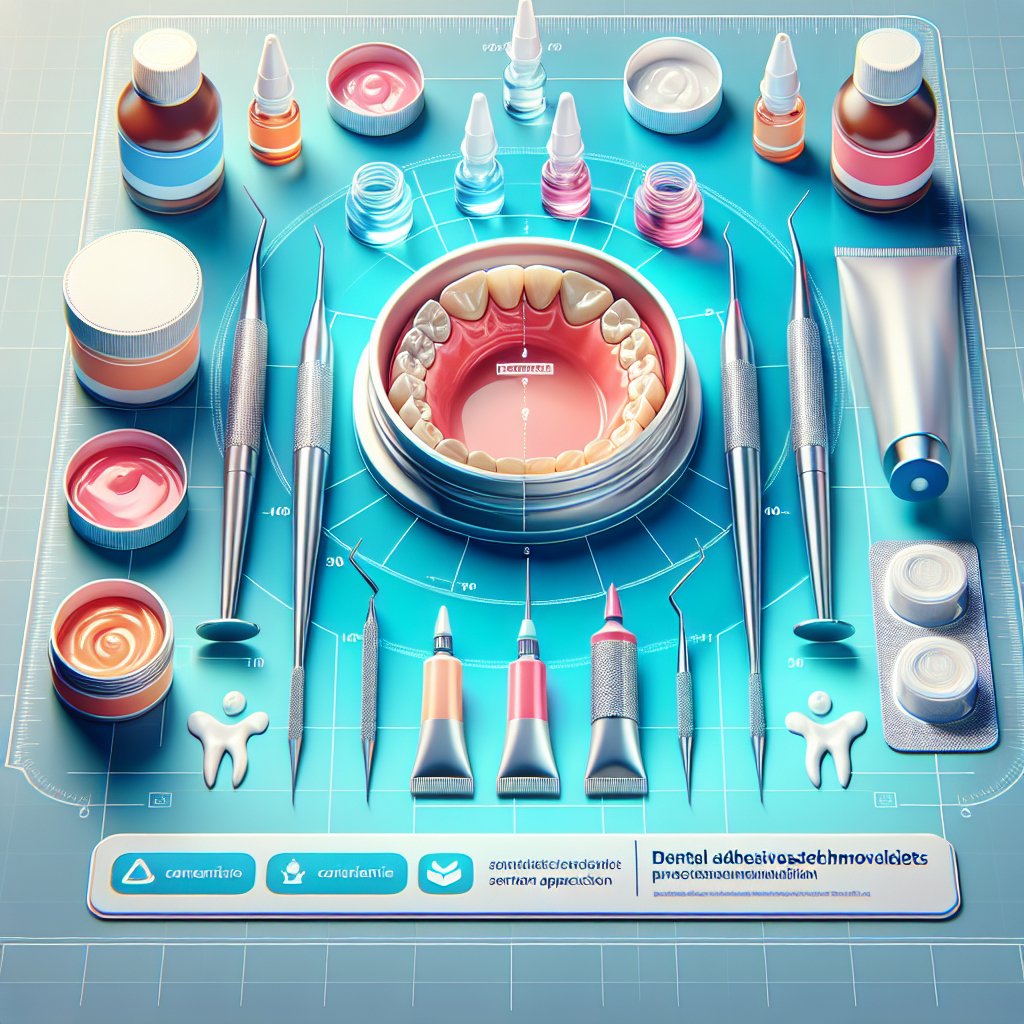Updates on dental adhesive technologies have significantly transformed the field of dentistry, enhancing the effectiveness and longevity of dental restorations. As dental professionals strive to provide patients with the best possible care, advancements in adhesive materials and techniques play a crucial role in achieving optimal outcomes. This article explores the latest developments in dental adhesive technologies, their applications, and the implications for both practitioners and patients.
Understanding Dental Adhesives
Dental adhesives are materials used to bond restorative materials, such as composites and ceramics, to tooth structures. They play a vital role in ensuring the durability and success of various dental procedures, including fillings, crowns, and veneers. The effectiveness of these adhesives is influenced by several factors, including their chemical composition, application technique, and the condition of the tooth surface.
Types of Dental Adhesives
There are several types of dental adhesives, each designed for specific applications and materials. The main categories include:
- Etch-and-Rinse Adhesives: These adhesives require a separate etching step to prepare the tooth surface, enhancing the bond strength. They are often used in conjunction with composite resins.
- Self-Etching Adhesives: These adhesives combine etching and bonding in one step, simplifying the application process. They are particularly useful for bonding to dentin.
- Universal Adhesives: These versatile adhesives can be used with both etch-and-rinse and self-etching techniques, making them suitable for a wide range of applications.
Recent Innovations in Dental Adhesive Technologies
Recent advancements in dental adhesive technologies have focused on improving bond strength, reducing sensitivity, and enhancing the longevity of restorations. Some notable innovations include:
- Bioactive Adhesives: These adhesives release bioactive ions that promote remineralization of the tooth structure, potentially reversing early carious lesions and enhancing the overall health of the tooth.
- Nanotechnology: The incorporation of nanoparticles into adhesive formulations has been shown to improve mechanical properties and bond strength, leading to more durable restorations.
- Light-Curing Systems: Advances in light-curing technology have allowed for faster curing times and improved polymerization of adhesive materials, resulting in stronger bonds and reduced chair time for patients.
Applications of Dental Adhesives
The applications of dental adhesives are vast and varied, impacting numerous aspects of dental practice. From restorative procedures to orthodontics, the role of adhesives is integral to modern dentistry.
Restorative Dentistry
In restorative dentistry, adhesives are essential for bonding composite materials to tooth structures. The choice of adhesive can significantly affect the success of restorations. Recent studies have shown that newer adhesive systems provide superior bond strength and reduced microleakage, which is crucial for preventing secondary caries.
Orthodontics
In orthodontics, adhesives are used to bond brackets to teeth. The development of stronger and more reliable orthodontic adhesives has improved the efficiency of treatment and reduced the risk of bracket failure. Innovations in this area have also led to the creation of adhesives that are easier to remove, minimizing damage to the enamel during debonding.
Preventive Dentistry
Preventive dentistry has also benefited from advancements in adhesive technologies. Sealants, which are used to protect occlusal surfaces from caries, often rely on effective bonding agents. The latest adhesive formulations enhance the retention of sealants, providing better protection for patients, especially children and adolescents.
Challenges and Considerations
Despite the advancements in dental adhesive technologies, several challenges remain. Dental professionals must consider factors such as the condition of the tooth surface, moisture control during application, and the compatibility of adhesives with various restorative materials.
Moisture Control
Moisture control is critical for the success of adhesive bonding. The presence of saliva or blood can compromise the bond strength, leading to failure of the restoration. Dental practitioners must employ effective isolation techniques, such as rubber dams, to ensure optimal conditions for adhesive application.
Compatibility with Restorative Materials
Not all adhesives are compatible with every restorative material. Dental professionals must be knowledgeable about the specific adhesive systems that work best with the materials they are using. This requires staying updated on the latest research and product developments in the field.
The Future of Dental Adhesive Technologies
The future of dental adhesive technologies looks promising, with ongoing research and development aimed at addressing current challenges and improving patient outcomes. Innovations in material science, nanotechnology, and bioengineering are expected to lead to even more effective adhesive systems.
Personalized Dentistry
As the field of personalized medicine continues to grow, the concept of personalized dentistry is also gaining traction. Future adhesive technologies may be tailored to individual patients based on their unique dental needs, enhancing the effectiveness of treatments and improving overall satisfaction.
Integration with Digital Dentistry
The integration of digital technologies in dentistry is another area poised for growth. Digital impressions and CAD/CAM systems are becoming increasingly common, and the development of adhesives that work seamlessly with these technologies will be essential for the future of restorative dentistry.
Conclusion
Updates on dental adhesive technologies have revolutionized the way dental professionals approach restorative and preventive care. With ongoing advancements in materials and techniques, the future of dental adhesives holds great promise for improving patient outcomes and enhancing the overall quality of dental care. As practitioners continue to embrace these innovations, patients can expect more durable, effective, and aesthetically pleasing restorations that contribute to their long-term oral health.




